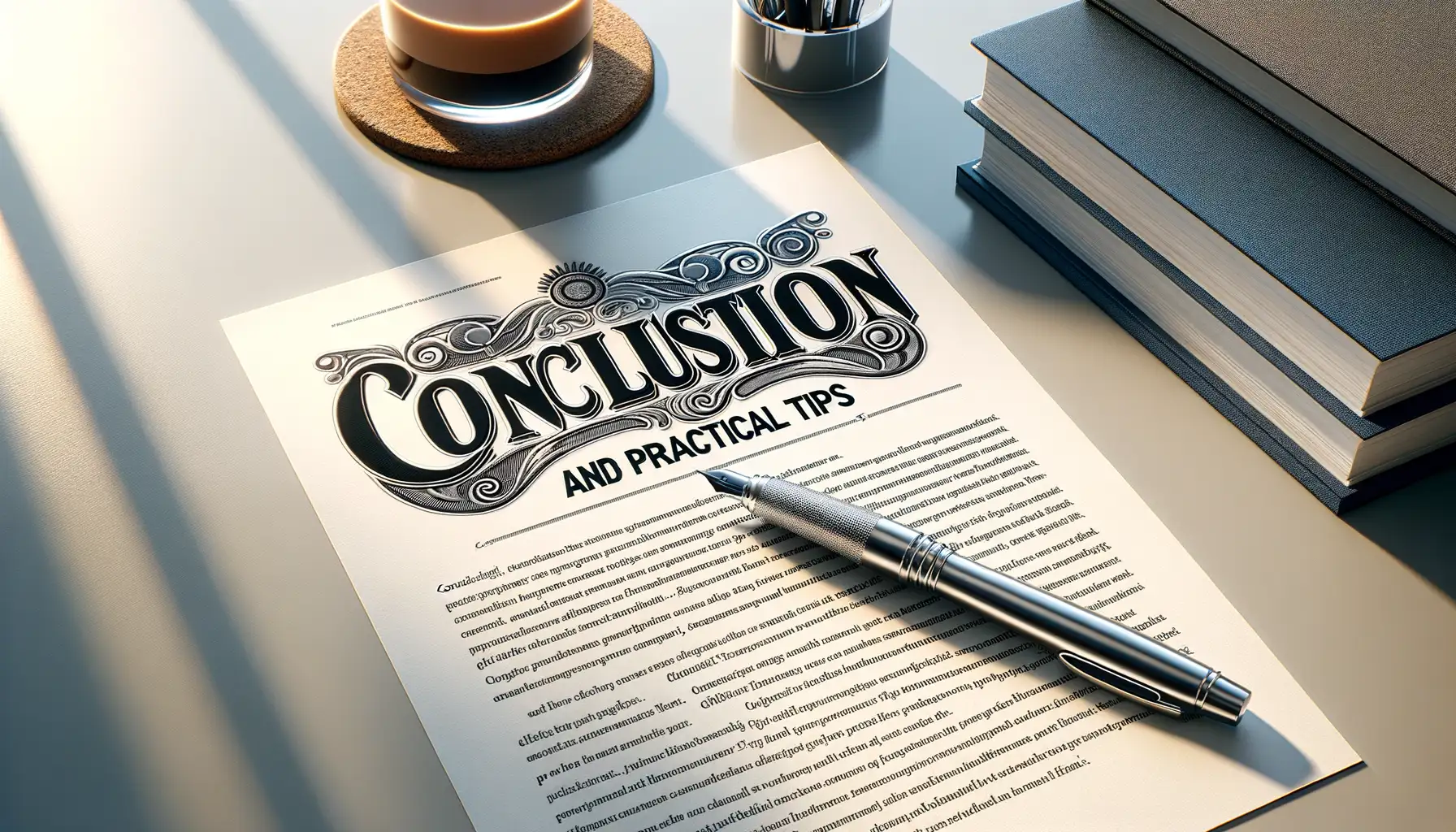Importance of Reading in Language Learning
Why Reading Feeds Language Growth Like a Superfood
Picture this: your mind is a sponge, and words are the water it longs to soak up. When it comes to learning a language, reading isn’t just an activity—it’s a transformative experience. Each page you turn invites you into a new world of sentences, accents, and expressions that bring English to life.
Think of reading as your personalized passport to fluency. Through books, you encounter words in action—how they whisper nuance, shout emotion, or make amusing puns. Missing that context in a vocabulary list? Oh, absolutely! But when you stumble across “serendipity” in a novel or see “petrified” describing someone’s fear in a story, those meanings sink deeper.
- Reading improves contextual understanding, helping you grasp how words change depending on tone and situation.
- It exposes you to a kaleidoscope of sentence styles—from poetic metaphors to witty dialogue.
- You develop a “vocabulary vault” filled with natural phrases you can actually use in real conversations.
And here’s the magic: reading doesn’t just teach—it inspires. It’s like hearing English speak directly to you, each word urging you to explore more.
Benefits of Reading for English Proficiency

Dive into the World of Words
Imagine opening a book and stepping into a rich, vibrant world where every sentence is a bridge to better English. Reading immerses you in authentic language—words are no longer just vocabulary drills; they’re alive, wrapped in context, emotion, and style. This authentic exposure is like being guided by a seasoned tour guide, showing you the nuances of grammar, the rhythm of syntax, and the subtle dance of idioms in action.
And oh, the magic doesn’t stop there. Reading builds an invisible toolkit for your English journey. With every paragraph, you sharpen your skills:
- Vocabulary Expansion: Discover new words naturally and see how they fit into sentences like puzzle pieces.
- Improved Comprehension: Learn to grasp meaning faster, even when words feel unfamiliar.
- Writing Inspiration: Absorb writing styles and sprinkle their brilliance into your own work.
A Personal Connection with Language
Reading is not just about texts; it’s about connection. A gripping novel can make you laugh, cry, or gasp; a moving essay might spark ideas you never thought possible. These emotional bonds create deeper memories. Imagine reading Jane Austen and noticing her elegant transitions, or diving into a thrilling mystery where phrasal verbs leap off the pages.
So, whether it’s a heart-racing plot twist or a simple newspaper headline, reading is your secret weapon for mastering English while keeping the process joyful and unforgettable.
Strategies to Improve English Through Reading

Dive Into Reading with Purpose
Think of reading as your secret weapon to conquer English like a pro. But here’s the trick: it’s not about skimming through random pages—it’s about reading *smart*. Start by picking materials that match your current level. Struggling with Shakespeare? Try something lighter, like children’s stories or beginner novels. The key is to find joy in the process while gradually challenging yourself.
For instance, if you’re into action and suspense, why not devour a gripping mystery novel? Love cooking? Flip through recipes and food blogs. When you’re emotionally invested, those new words stick like glue. And don’t just *read*—actively engage. Highlight unfamiliar vocabulary, jot down expressions you love, and even try mimicking the author’s tone in your own writing.
- Choose books or articles with themes you enjoy.
- Break down sentences to understand structures—ask “Why did the writer phrase it this way?”
- Read aloud! It helps with pronunciation and natural rhythm.
Get Creative with Short Texts
Not ready for heavy novels? That’s okay! Magazines, comic strips, and social media captions can be your best friends. These bite-sized texts are rich with modern phrases. For example, follow your favorite influencers or brands on Instagram—they often post engaging captions filled with trendy slang and real-life expressions. It’s like secretly enrolling in a mini crash course every time you scroll.
Recommended Reading Materials for Learners

Immersive Reads to Spark Your Learning Journey
When it comes to improving your English, the materials you choose to read can either be a gentle breeze or a roaring engine for your progress. Not all books belong on this journey—you need ones that nurture your skills and keep your curiosity blazing!
Let’s start with something light yet magical: children’s books. Think of them as the sturdy training wheels for your language bike. Classic treasures like “Charlotte’s Web” by E.B. White or “The Cat in the Hat” by Dr. Seuss not only introduce everyday vocabulary but also play with rhythm, rhyme, and storytelling.
For a more immersive experience, dive into graded readers. These are books specifically designed for learners, offering exciting stories while gently upgrading your grammar and vocabulary. Options like “Penguin Readers” bring classics like “Pride and Prejudice” down to your level—without losing the charm.
- For building vocabulary: Magazines like National Geographic Kids or Reader’s Digest Easy English.
- For cultural vibes: Biographies, travel memoirs, or collections of everyday dialogues.
Sometimes, even online blogs or fan fiction can be secret goldmines. A relatable story? Check. Idiomatic gems? Double-check. Don’t underestimate the power of personal connection to a text—it makes every sentence stick like glue!
Step Outside of Textbooks: The Power of Variety
Who says reading only means novels? Shake things up! Grab a comic book, flip through fascinating recipes (hello, foodies!), or browse short news articles tailored for language learners. Take BBC’s “Learning English” site, for example. In just seven minutes, you could unravel world news while picking up irresistible phrases.
And if you’re feeling bold, why not challenge yourself with song lyrics? Decoding the poetic brilliance of artists like Adele or Ed Sheeran can turn language learning into an emotional rollercoaster. Just imagine understanding the meaning behind every heartfelt lyric—goosebumps guaranteed!
No one path fits everyone, so mix and match until you find your groove. The right reading materials? They’re not just tools; they’re your passport to fluency!
Conclusion and Practical Tips

Embrace Reading as a Daily Adventure
Imagine diving into a sea of words, where each page is a stepping stone to fluency. To truly boost your English proficiency, think of reading not as a task, but as an adventure waiting to unfold. Start small. No one scales a mountain on day one. A short story, even a single paragraph, can spark change.
Here’s how to make it work:
- Pair your reading with a purpose. For instance, while reading a recipe, note new kitchen-related vocabulary like “whisk” or “simmer.”
- Have a notebook handy for jotting down idioms or interesting sentence structures. Over time, this could become your personal treasure trove of language gems!
- Revisit old favorites. Whether it’s a gripping novel you’ve read before or beloved comics, familiarity makes comprehension smoother.
Connect Reading to the Real World
What if reading could blend seamlessly into your daily routine? Read food packaging labels, subway signs, or online reviews for a local café. These are bite-sized opportunities to strengthen your grasp on practical English—and they’re everywhere!
And here’s another tip—read aloud whenever possible. It helps lock in pronunciation and boosts confidence when speaking. Imagine narrating your favorite scene from a book to a friend; that’s storytelling *and* practice rolled into one.
Every word absorbed brings you closer to mastery. So, grab your favorite book (or even just your phone screen), and let the magic begin!





